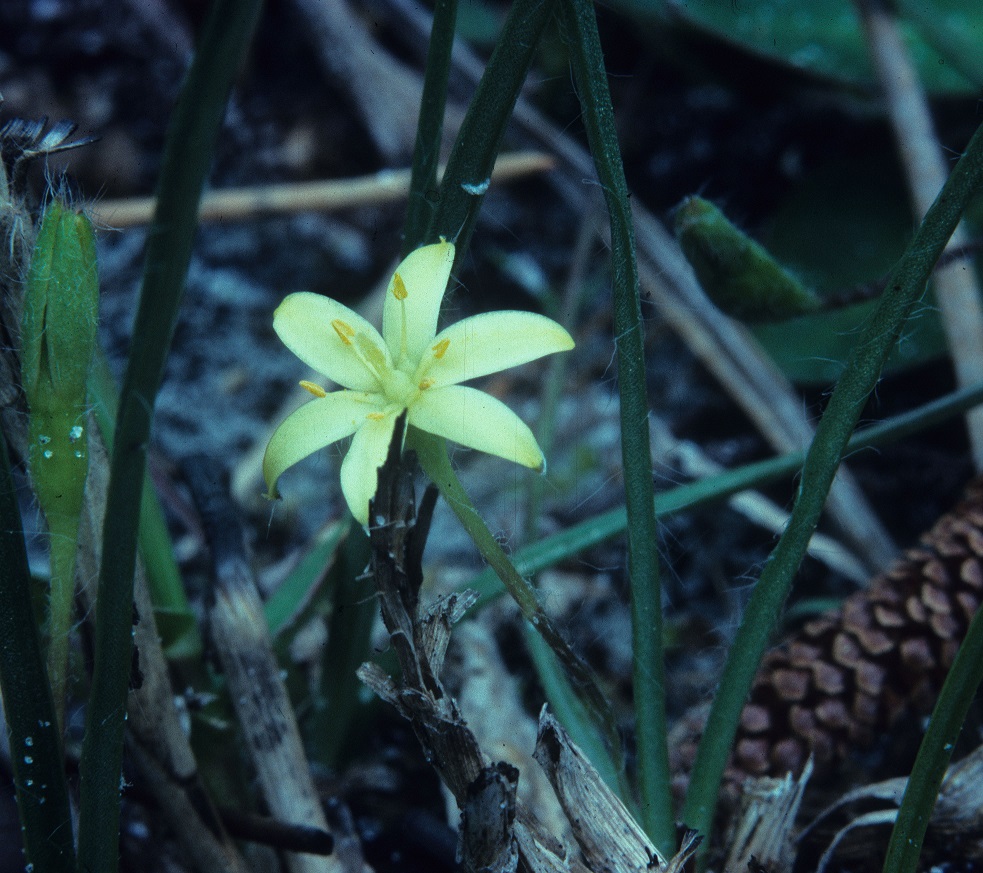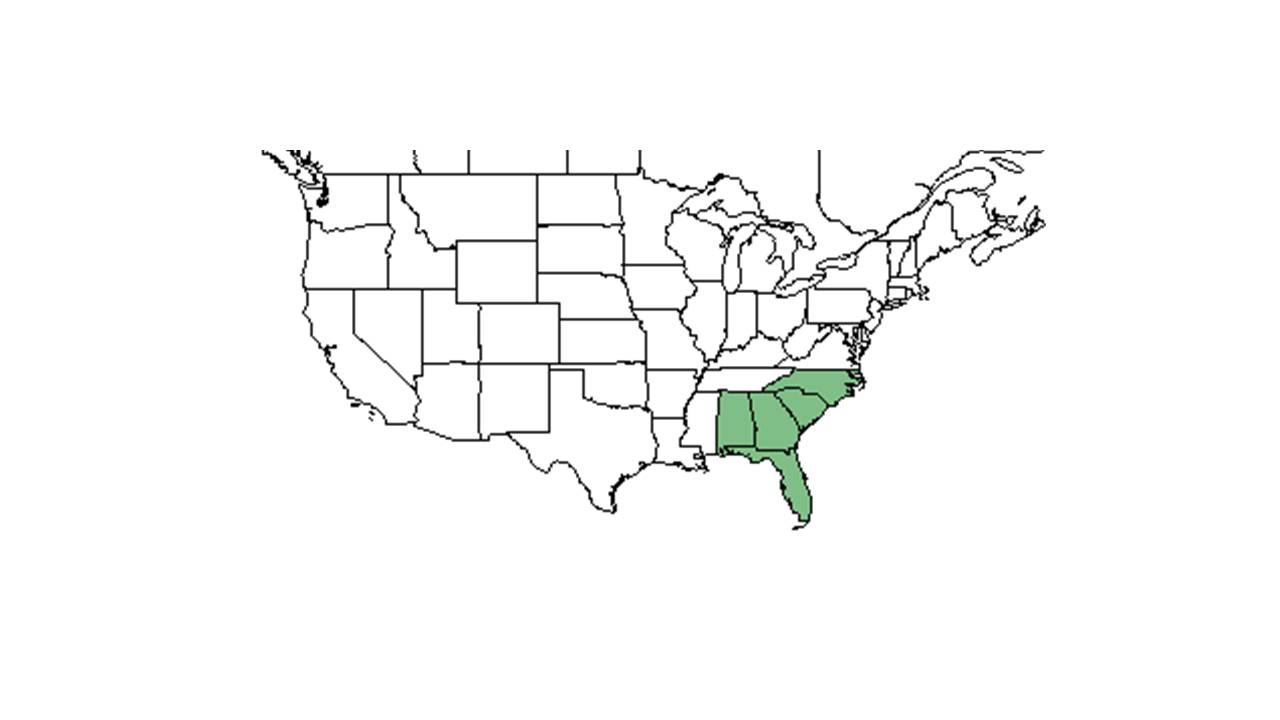Difference between revisions of "Hypoxis juncea"
(→Photo Gallery) |
|||
| Line 49: | Line 49: | ||
==Cultivation and restoration== | ==Cultivation and restoration== | ||
==Photo Gallery== | ==Photo Gallery== | ||
| − | + | <gallery widths=180px> | |
| + | |||
| + | File:Hypoxis juncea 2017-07-17 PH (1).JPG| <center> ''Hypoxis juncea'' <p> Photo by Kevin Robertson </p><p> Grady County, GA | ||
| + | |||
| + | </nowiki></gallery> | ||
==References and notes== | ==References and notes== | ||
Revision as of 13:17, 6 October 2015
| Hypoxis juncea | |
|---|---|

| |
| Photo taken by Gil Nelson | |
| Scientific classification | |
| Kingdom: | Plantae |
| Division: | Magnoliophyta - Flowering plants |
| Class: | Liliopsida – Monocotyledons |
| Order: | Liliales |
| Family: | Liliaceae |
| Genus: | Hypoxis |
| Species: | H. juncea |
| Binomial name | |
| Hypoxis juncea Sm. | |

| |
| Natural range of Hypoxis juncea from USDA NRCS Plants Database. | |
Common name: fringed yellow star-grass
Contents
[hide]Taxonomic notes
Description
A description of Hypoxis juncea is provided in The Flora of North America. Hypoxis juncea is a perennial herbaceous species.
Distribution
Ecology
Habitat
It is a longleaf pine flatwoods/ sandhill species.[1] However, it can also occur in disturbed areas, including grassy roadsides (FSU Herbarium). It prefers open, moist conditions in sandy or loamy soils (FSU Herbarium).
Phenology
Flowering and fruiting was observed in March through June (FSU Herbarium).
Seed dispersal
Seed bank and germination
Fire ecology
This species has been found in habitat that is maintained by frequent fire (FSU Herbarium). H. juncea appeared to have benefited from high fire frequencies in a study in 2003.[1] Observed H. juncea respouting at least 10 days after a fire that occurred in June of 1993.[2]
Pollination
The following Hymenoptera families and species were observed visiting flowers of Hypoxis juncea at Archbold Biological Station (Deyrup 2015):
Halictidae: Augochlorella gratiosa, Lasioglossum nymphalis
Use by animals
Deyrup observed this bee, Dialictus nymnphalis, on H. juncea.[3] “…Hypoxis is one of the most important plants for quail, which occurred (resprouted) in the ranking only the first 1 or 2 months after fire.[4]
Diseases and parasites
Conservation and Management
Cultivation and restoration
Photo Gallery
References and notes
Deyrup, M.A. and N.D. 2015. Database of observations of Hymenoptera visitations to flowers of plants on Archbold Biological Station, Florida, USA.
Florida State University Robert K. Godfrey Herbarium database. URL: http://herbarium.bio.fsu.edu. Last accessed: June 2014. Collectors: Loran C. Anderson, Karen MacClendon, R. Komarek, and Annie Schmidt. States and Counties: Florida: Calhoun, Jefferson, Liberty, and Wakulla. Georgia: Thomas.
- ↑ Jump up to: 1.0 1.1 Glitzenstein, J. S., D. R. Streng, et al. (2003). "Fire frequency effects on longleaf pine (Pinus palustris, P.Miller) vegetation in South Carolina and northeast Florida, USA." Natural Areas Journal 23: 22-37.
- Jump up ↑ Pavon, M. L. (1995). Diversity and response of ground cover arthropod communities to different seasonal burns in longleaf pine forests. Tallahassee, Florida A&M University.
- Jump up ↑ Deyrup, M. J. E., and Beth Norden (2002). "The diversity and floral hosts of bees at the Archbold Biological Station, Florida (Hymenoptera: Apoidea)." Insecta mundi 16(1-3).
- Jump up ↑ Hughes, R. H. (1975). The native vegetation in south Florida related to month of burning. Asheville, NC, USDA Forest Service.
